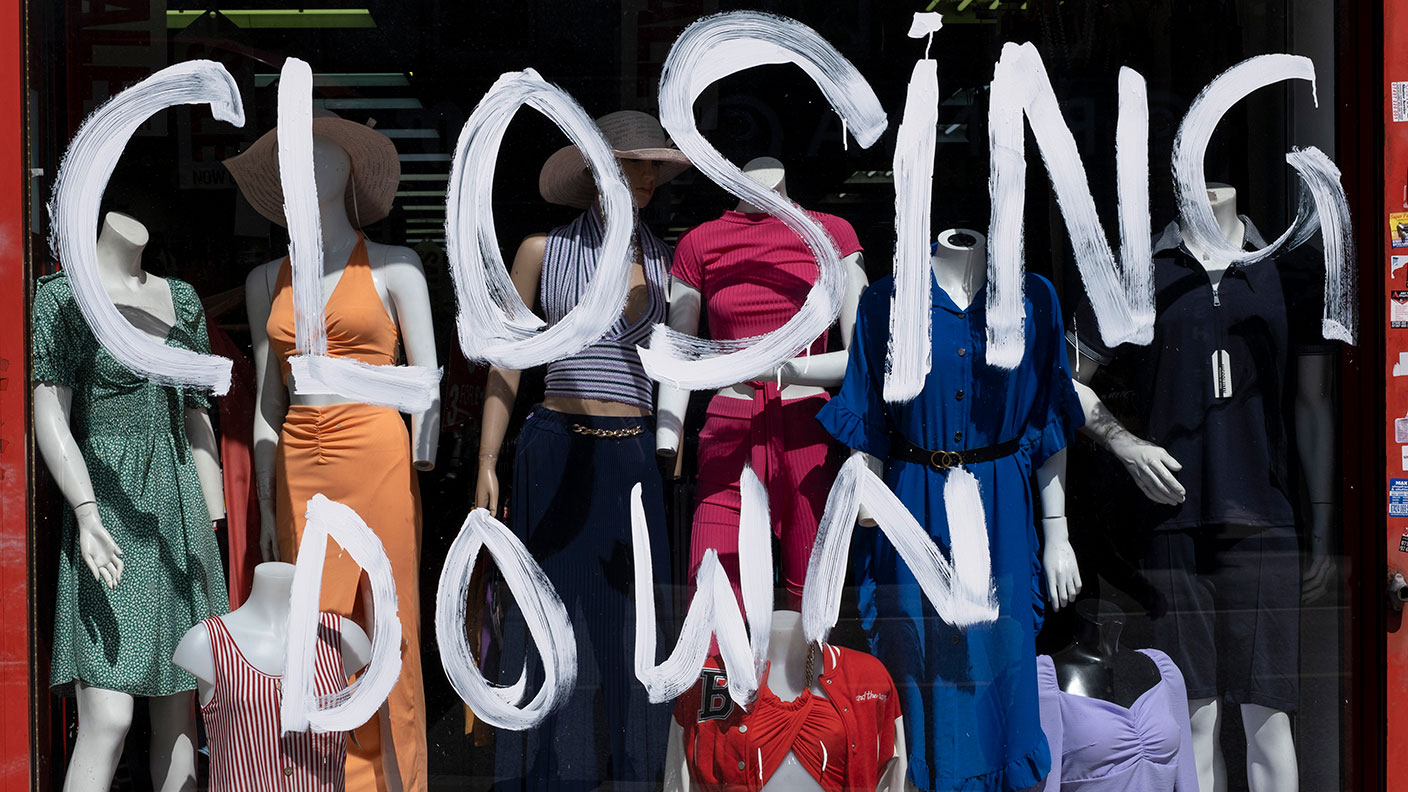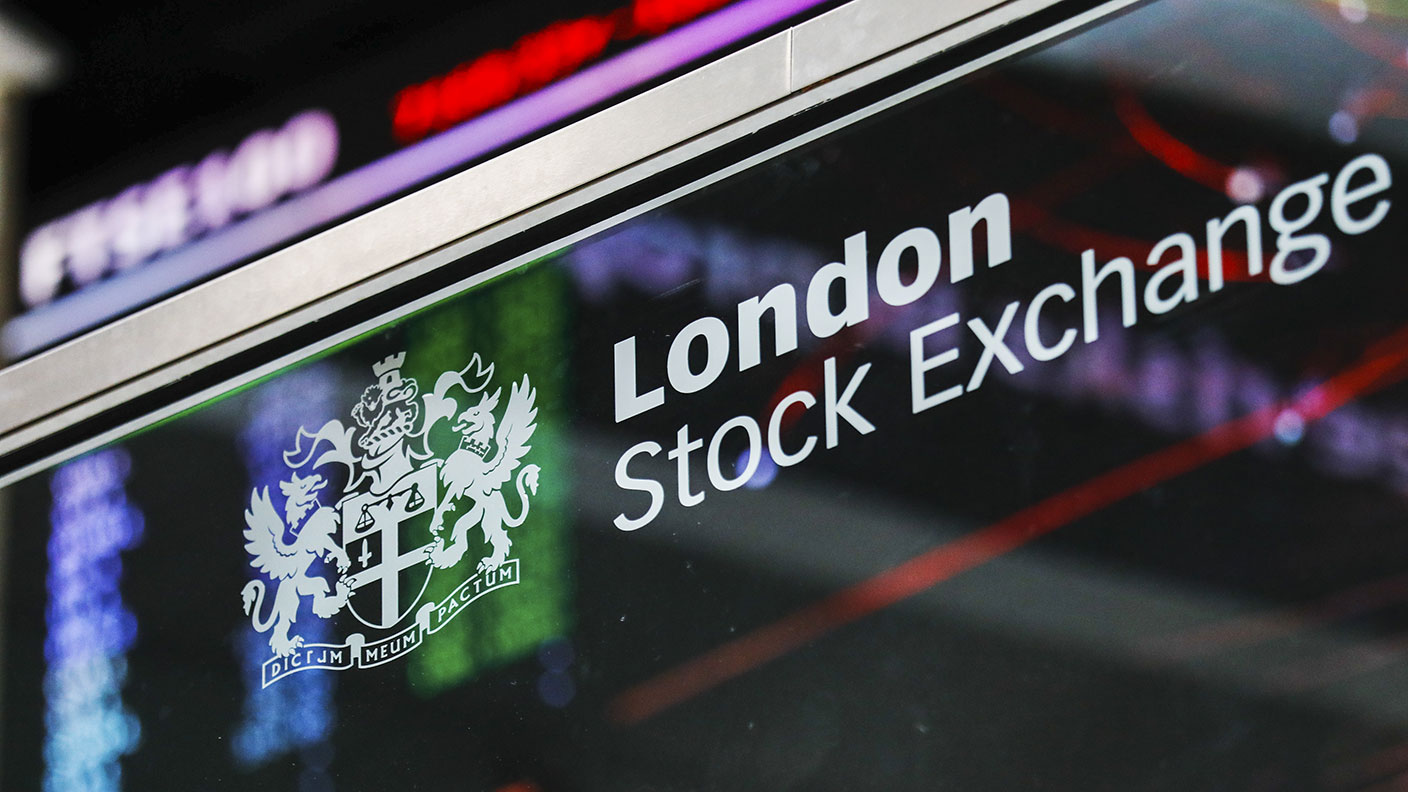Why magazine covers can be useful warning signals
Timing the market isn't easy. But if you want to get a sense of when turning points might be approaching, magazine covers have proven to be pretty decent indicators in the past.

Timing the market isn't easy. That's why we generally prefer to take a 'value' approach. Buy things when they're cheap, and eventually you should profit when the market revalues them.
But if you want to get a sense of when turning points might be approaching, sentiment indicators are worth looking at. These are about getting a feel for the mood of the market and investors. Usually, when investors are getting too gloomy or too confident, the market will do the opposite of what they expect. My colleague David wrote about some of the more market-oriented ones in today's Money Morning: Three signs that stocks are about to start sliding again.
But another pretty decent indicator in the past has proven to be magazine covers. Classic examples include The Economist's Drowning in oil cover from March 1999(when oil was around $10 a barrel), or BusinessWeek's Death of equities cover from 1979 (when the Dow Jones was at 800).
MoneyWeek
Subscribe to MoneyWeek today and get your first six magazine issues absolutely FREE

Sign up to Money Morning
Don't miss the latest investment and personal finances news, market analysis, plus money-saving tips with our free twice-daily newsletter
Don't miss the latest investment and personal finances news, market analysis, plus money-saving tips with our free twice-daily newsletter
These aren't necessarily signals to rely on for short-term trading. But they can give you a good idea of what the mainstream is thinking. And usually, if an idea is dominating the mainstream, you want to be on the opposite side of that idea.
So I was fascinated to receive this week's Newsweek into the office. The cover: all black, with the words "Is that all?" stamped boldly across it in white. The content is mainly dedicated to talking about how the recession wasn't as bad as we'd all expected, and how everything's basically going to be OK and how the future won't be that dissimilar to the past.
There are a lot of smart people writing in the magazine. But I'll wager that the answer to the question "is that all?" is a resounding 'no'. And to see it plastered across the cover of a widely-read magazine makes me all the more convinced that next year will be a lot tougher than most of us expect.
Get the latest financial news, insights and expert analysis from our award-winning MoneyWeek team, to help you understand what really matters when it comes to your finances.
John Stepek is a senior reporter at Bloomberg News and a former editor of MoneyWeek magazine. He graduated from Strathclyde University with a degree in psychology in 1996 and has always been fascinated by the gap between the way the market works in theory and the way it works in practice, and by how our deep-rooted instincts work against our best interests as investors.
He started out in journalism by writing articles about the specific business challenges facing family firms. In 2003, he took a job on the finance desk of Teletext, where he spent two years covering the markets and breaking financial news.
His work has been published in Families in Business, Shares magazine, Spear's Magazine, The Sunday Times, and The Spectator among others. He has also appeared as an expert commentator on BBC Radio 4's Today programme, BBC Radio Scotland, Newsnight, Daily Politics and Bloomberg. His first book, on contrarian investing, The Sceptical Investor, was released in March 2019. You can follow John on Twitter at @john_stepek.
-
 FCA proposes new ratings system for workplace pension schemes
FCA proposes new ratings system for workplace pension schemesThe City watchdog has proposed new rules to help ensure pension schemes are providing value for money
-
 Fund inflows hit a six-month high in November – where are investors putting their money?
Fund inflows hit a six-month high in November – where are investors putting their money?Investors returned to the financial markets amid the Autumn Budget in November 2025 but caution remains.
-
 House prices to crash? Your house may still be making you money, but not for much longer
House prices to crash? Your house may still be making you money, but not for much longerOpinion If you’re relying on your property to fund your pension, you may have to think again. But, says Merryn Somerset Webb, if house prices start to fall there may be a silver lining.
-
 Prepare your portfolio for recession
Prepare your portfolio for recessionOpinion A recession is looking increasingly likely. Add in a bear market and soaring inflation, and things are going to get very complicated for investors, says Merryn Somerset Webb.
-
 Investing for income? Here are six investment trusts to buy now
Investing for income? Here are six investment trusts to buy nowOpinion For many savers and investors, income is getting hard to find. But it's not impossible to find, says Merryn Somerset Webb. Here, she picks six investment trusts that are currently yielding more than 4%.
-
 Stories are great – but investors should stick to reality
Stories are great – but investors should stick to realityOpinion Everybody loves a story – and investors are no exception. But it’s easy to get carried away, says Merryn Somerset Webb, and forget the underlying truth of the market.
-
 Everything is collapsing at once – here’s what to do about it
Everything is collapsing at once – here’s what to do about itOpinion Equity and bond markets are crashing, while inflation destroys the value of cash. Merryn Somerset Webb looks at where investors can turn to protect their wealth.
-
 Value is starting to emerge in the markets
Value is starting to emerge in the marketsOpinion If you are looking for long-term value in the markets, some is beginning to emerge, says Merryn Somerset Webb. Indeed, you may soon be able to buy traditionally expensive growth stocks on the cheap, too.
-
 ESG investing could end up being a classic mistake
ESG investing could end up being a classic mistakeOpinion ESG investing has been embraced with enormous speed and zeal. But think long and hard before buying in, says Merryn Somerset Webb.
-
 UK house prices will fall – but not for a few years
UK house prices will fall – but not for a few yearsOpinion UK house prices look out of reach for many. But the truth is that British property is surprisingly affordable, says Merryn Somerset Webb. Prices will fall at some point – but not yet.
